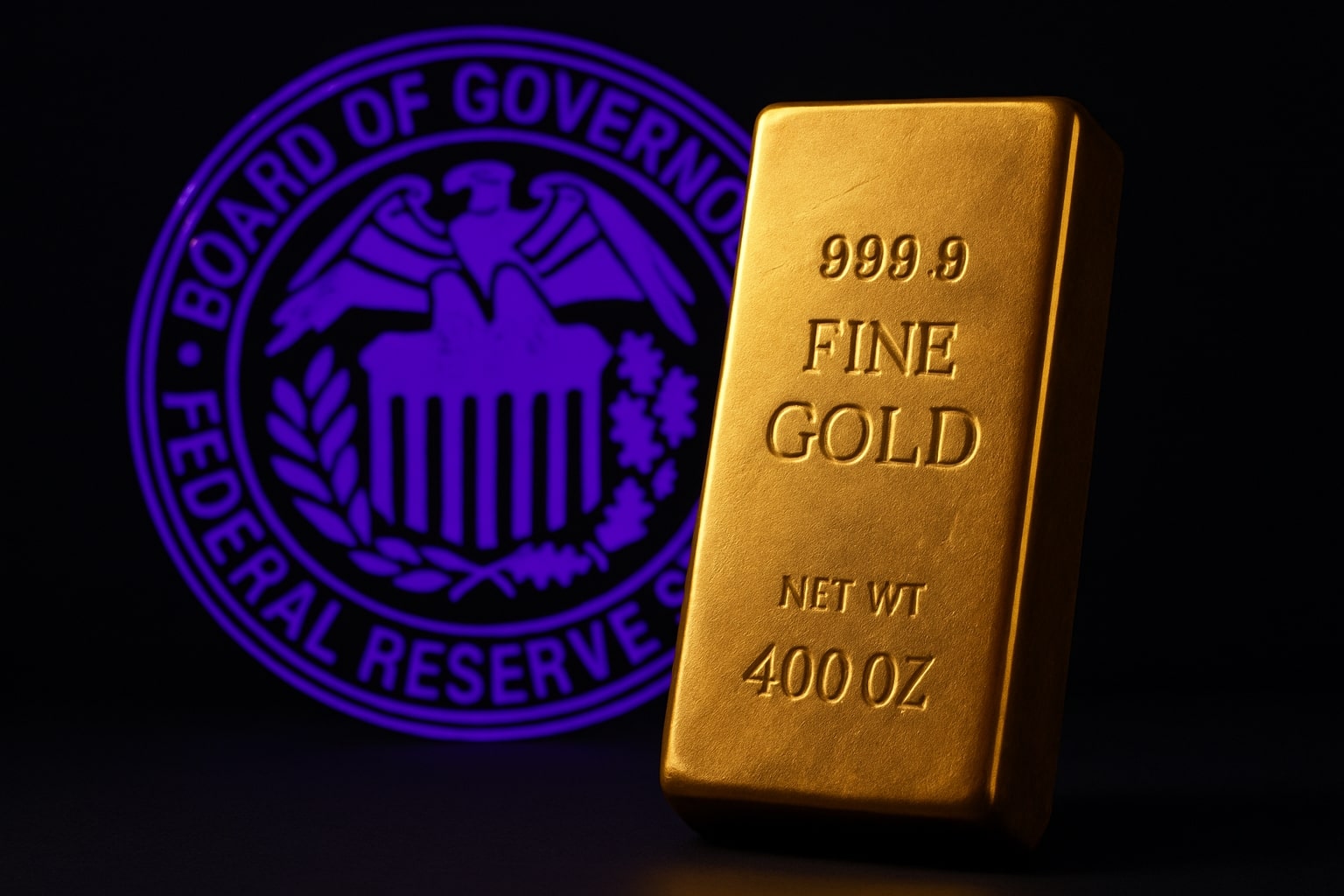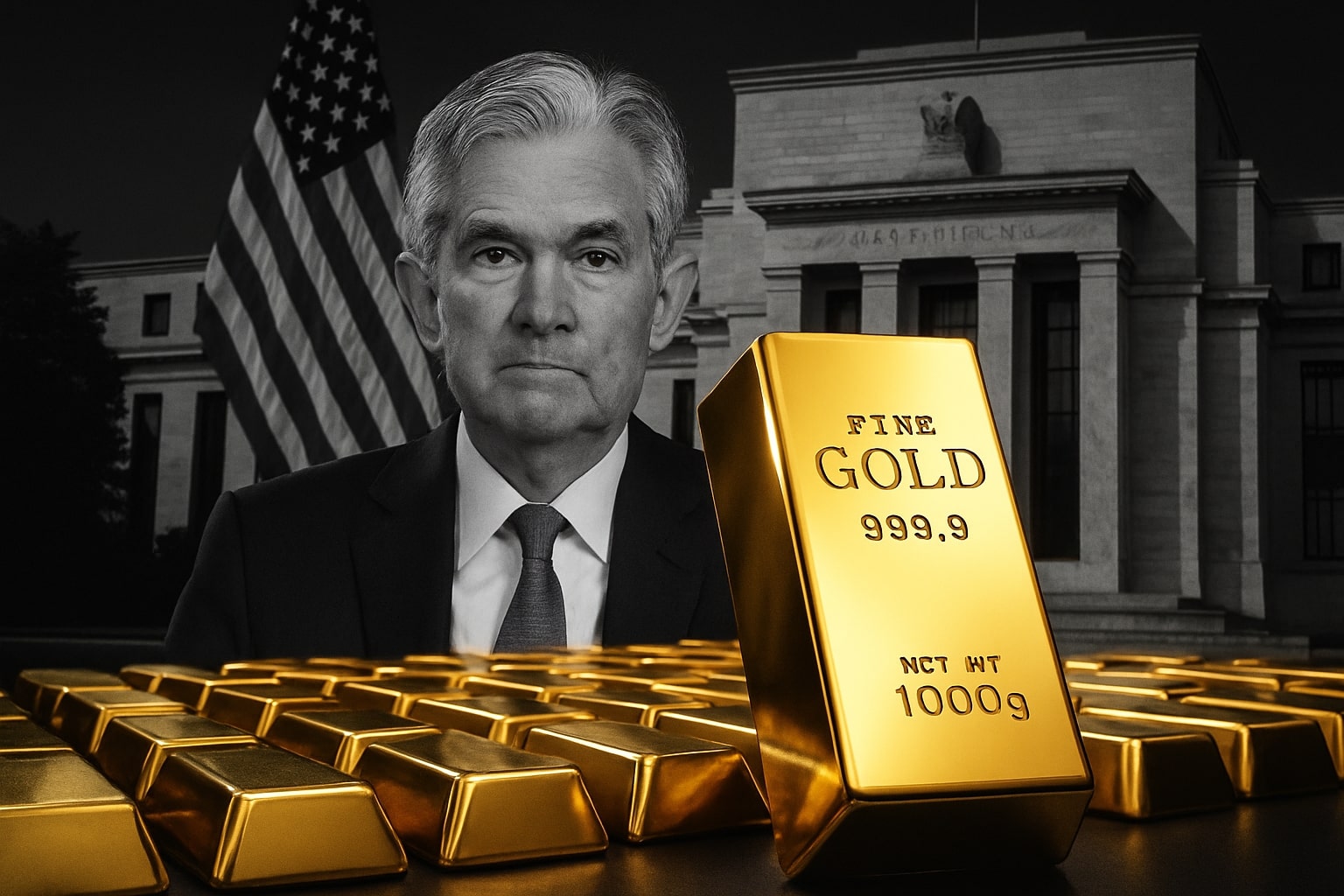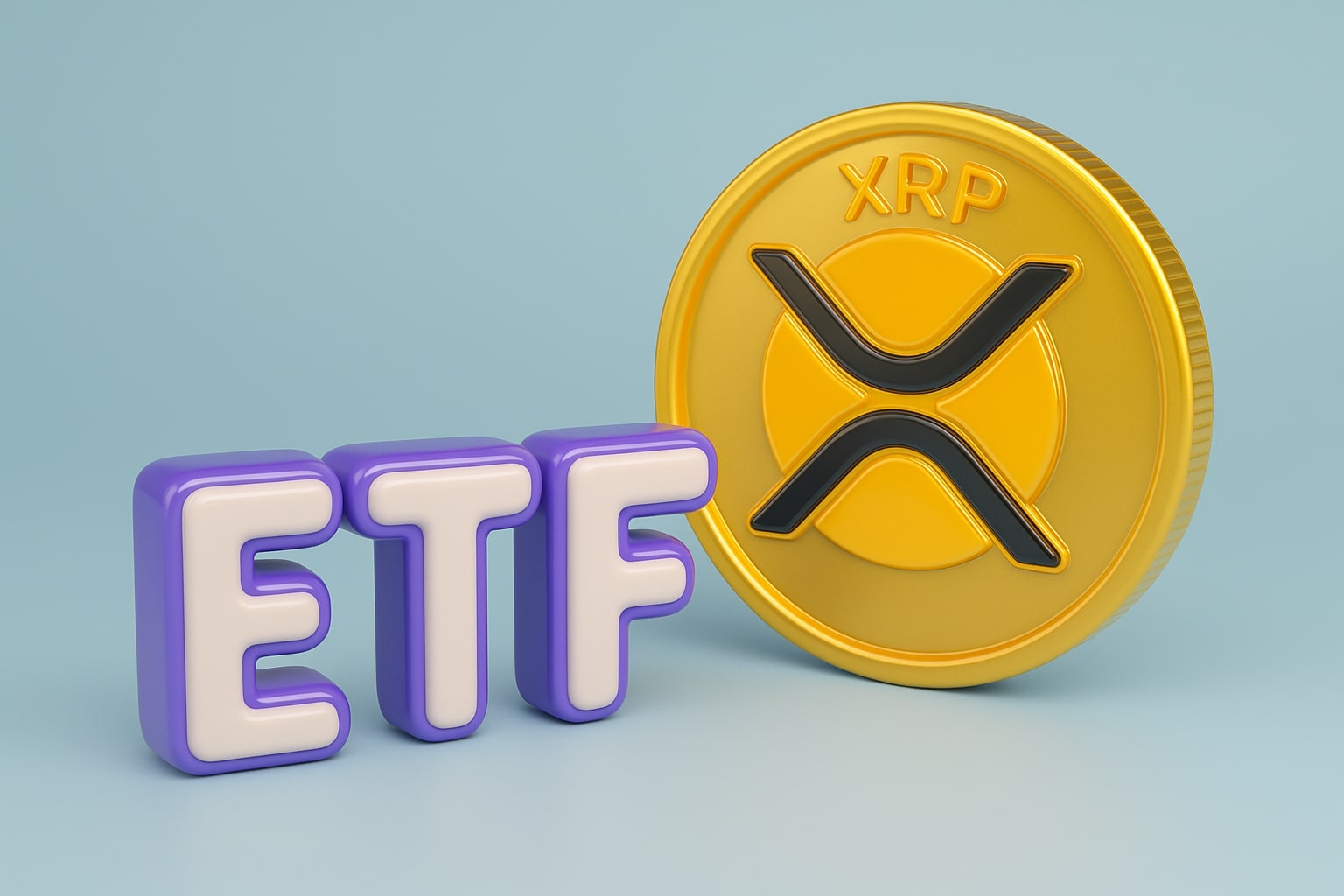
Gold Price Forecast: XAU/USD Consolidates at $3,380 as Fed Cuts Loom
Gold holds critical $3,360 support while central bank demand and Fed uncertainty set stage for a $3,500 breakout | That's TradingNEWS
XAU/USD Holds Above $3,380 as Safe-Haven Demand Confronts Dollar Strength
Gold (XAU/USD) opened the midweek session at $3,443 per ounce, briefly pushing higher before retracing to around $3,380. The shift followed a resilient U.S. dollar advance, which pressured commodities broadly. Despite this, gold remains elevated, holding close to its August peaks and still showing a staggering 36.9% yearly gain compared with $2,504 per ounce a year earlier. The consolidation is being read as a battle between dollar strength and political risk, with the Trump–Federal Reserve feud dominating headlines. The removal of Fed Governor Lisa Cook raised questions about central bank independence, amplifying safe-haven flows and keeping gold attractive above the $3,360–$3,394 range, where technical support remains firm.
Gold Price Performance Across Key Benchmarks
In futures trading, December contracts last traded at $3,424, down $9.00 intraday, while spot prices hovered just under $3,390. In Asia, local reference rates in the Philippines reflected the global softness: PHP 6,205.28 per gram, PHP 72,377 per tola, and PHP 193,005 per troy ounce, all slightly below Tuesday levels. Regionally adjusted gold pricing, tied to the USD/PHP cross, highlights how currency shifts amplify or cushion international trends. For example, while global XAU/USD eased, domestic buyers in peso terms still faced prices well above historical averages.
Technical Landscape for XAU/USD Signals Compression
Charts show a well-defined symmetrical triangle forming between $3,288 support and $3,440 resistance. Current trading near $3,380 places gold in the center of this consolidation. On the daily frame, the 50-day EMA at $3,373 continues to rise, providing dynamic support that has acted as a trendline for several months. Resistance levels are stacked at $3,394, $3,410, and $3,433, while downside markers sit at $3,344 and $3,314. Momentum readings remain constructive: RSI near 58 has room to climb before overbought conditions, while MACD is approaching a bullish crossover at zero. Traders warn the next decisive candle could determine whether gold extends toward $3,500–$3,800 or slides back to retest $3,288.
Fed Policy and Macro Drivers Define the Gold Price Forecast
The Federal Reserve remains the single most important catalyst for the gold market. Inflation in July stood at 2.7% year over year, above the Fed’s 2% target, yet Powell’s Jackson Hole comments signaled potential rate cuts as soon as September. Futures markets show an 87% probability of at least a 25-basis-point cut, up from 84% the prior day. Lower real yields historically act as a tailwind for non-interest-bearing assets like gold, aligning with analysts projecting higher prices into Q4. J.P. Morgan Research has set a year-end target of $3,675, with upside toward $4,000 by Q2 2026 if easing continues.
Central Banks and Geopolitical Risk Extend Tailwinds
Global central banks continue to stockpile bullion at record levels. Purchases surpassed 1,000 metric tons in 2024, and demand has remained strong in 2025 as institutions diversify away from the U.S. dollar. This institutional floor has been one of the clearest drivers of gold’s resilience above $3,300. On the geopolitical side, Trump’s tariffs on 55% of Indian exports to the U.S., particularly textiles and jewelry, ripple directly into gold-consuming industries. Meanwhile, tensions over Fed governance create further uncertainty, reinforcing the hedge appeal of gold. Analysts caution that a renewed global crisis could trigger rapid inflows, accelerating a breakout well above current consolidation ranges.
Investor Forecasts Split Between Bullish Breakout and Consolidation
Market strategists remain divided. Brett Elliott at APMEX described the trading pattern as sideways consolidation, with gold trapped between $3,180 and $3,440 since April and awaiting a catalyst. Chris Mancini of Gabelli suggested Fed easing could unlock the next surge, while Savvy Wealth’s Joshua Barone sees a bull case near $4,000 by year-end if real rates fall and geopolitical tensions persist. Conversely, a bear case points to $3,200 if inflation proves sticky, the dollar strengthens, and yields remain elevated. Historical trends reinforce caution: September and October have often delivered turbulence across markets, and gold could see volatility intensify into the fall.
Physical Gold, ETFs, and Mining Equities Respond Differently to Price Action
The structure of gold investment also reflects these shifts. Physical gold remains popular but is challenged by storage and liquidity, while SPDR Gold Shares (GLD) offers a direct ETF proxy at lower fees. Mining equities like Barrick Gold (GOLD) and Franco-Nevada (FNV) trade with higher volatility than bullion itself, often amplifying moves. December gold futures, trading at $3,424, highlight how leveraged exposure increases both risk and reward. Meanwhile, spot holdings continue to expand across Asia and Europe, underpinned by retail demand and central bank diversification.
Gold Price Forecast: Buy on Dips or Risk a Breakdown?
At present levels of $3,380–$3,390 per ounce, gold balances precariously. Technical compression suggests a breakout is imminent, with $3,500–$3,800 in play if bulls succeed. On the downside, a break of $3,344 support exposes $3,288, with further risk toward $3,200 under a strong-dollar environment. With inflation still elevated, Fed rate cuts priced in, and central bank accumulation ongoing, the medium-term trajectory favors strength. Yet traders must respect near-term fragility: the U.S. dollar’s resilience and political volatility remain immediate headwinds.
That's TradingNEWS
Read More
-
PFFA ETF Nears $21.50 as Rate Cuts and 9.49% Yield Spark Renewed Demand
29.11.2025 · TradingNEWS ArchiveStocks
-
XRPI and XRPR ETFs Ignite Ripple’s Institutional Rally as Inflows Near $1B and XRP Holds $2.20
29.11.2025 · TradingNEWS ArchiveCrypto
-
Natural Gas Price Forecast - NG=F Blasts to $4.85 as Demand Surge Fuel Multi-Month Breakout
29.11.2025 · TradingNEWS ArchiveCommodities
-
USD/JPY Price Forecast - Yen to Dollar Slides to 156.10 as Yen Strengthens on Fed Cut Expectations
29.11.2025 · TradingNEWS ArchiveForex



















